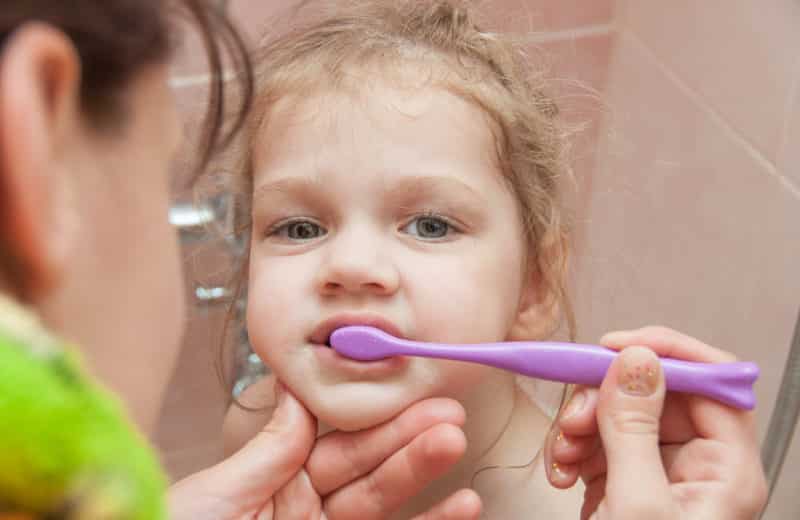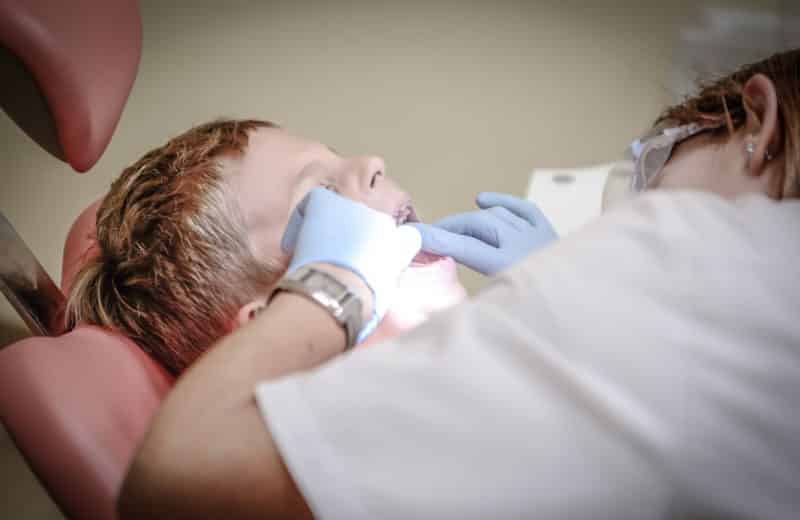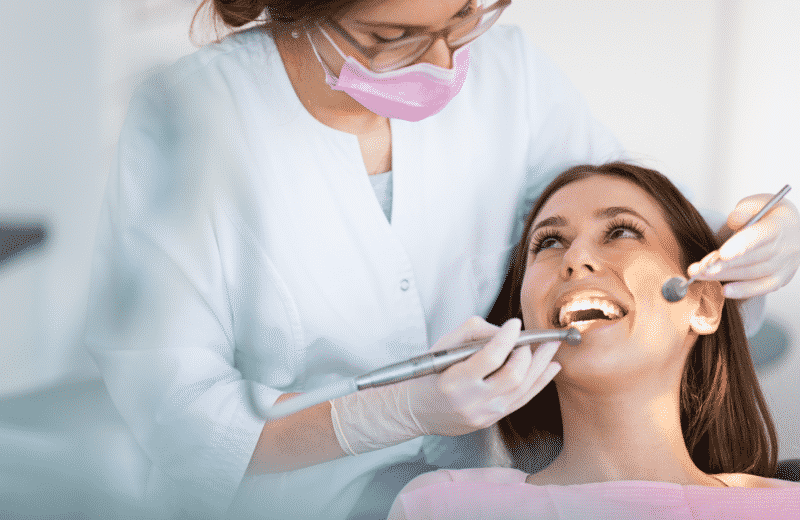HPV infection may lead to oral cancer, but screening and vaccines can help
Park Ridge dentist John Hagopian, DDS, was accustomed to administering oral cancer screenings to his patients. But in 2012, after having been in practice for 30 years, he found himself playing the role of patient.
“I was shaving in the mirror, and I lifted my head to run the blade under my chin and saw this enlarged lymph node on the right side of my neck,” Hagopian says. “Like most people, I didn’t think anything of it when I first noticed it, and it took several weeks for me to finally bring it to the attention of my doctor.” Even then, his doctor said to monitor it for another two to three weeks, hoping it would go away.
It didn’t. The lymph node, it turned out, was stage 4 oral cancer. But it took many months and a series of doctor and specialist visits, along with two major surgical procedures, to find it.
HPV as a cause
Oral cancer is largely unfamiliar to the public, even though the American Cancer Society estimates that in 2019 about 53,000 people will get oral cancer (which starts in the mouth) or oropharyngeal cancer (which starts in the throat), with an estimated 10,860 cases proving fatal.
Of the more than 50,000 cases of oral and oropharyngeal cancer per year, about 70 percent are thought to be caused by HPV
There are two distinct ways that oral cancer develops, according to the Oral Cancer Foundation: heavy tobacco and alcohol use and exposure to the human papilloma virus 16 (HPV-16). HPV is the most common sexually transmitted disease in the United States with 14 million new cases each year, according to the Centers for Disease Control and Prevention (CDC). Hagopian’s oral cancer developed from HPV-16.
Of the more than 50,000 cases of oral and oropharyngeal cancer per year, about 70 percent are thought to be caused by HPV, according to the CDC. And while the incidence of cancers due to tobacco use are on the decline, “HPV-associated oropharyngeal cancers are increasing,” says Nishant Agrawal, MD, a head and neck cancer surgeon at UChicago Medicine.
A dentist’s role
“Oral cancer is very scary because it can present itself as almost anything,” says Josephine Chang Pallotto, DDS, who runs her own dental practice in Lansing. “It can be anything from a sore in the mouth that doesn’t go away after two weeks to a physical tumor.”
Signs and symptoms of oral cancer vary dramatically from person to person. Most commonly, symptoms develop on thetongue, tonsils, gums, throat or other parts of the mouth and are typically seen in patients above 60 years old, though a quarter of patients are younger than 55, according to the American Cancer Society.
Dentists stress the importance of oral cancer screenings. Pallotto says dentists and primary care physicians are typically the first line of defense for early detection of the disease and that patients should request a screening at every appointment.
“You should be getting an oral cancer screening whenever you go to your dentist or primary care physician,” Pallotto says. “The doctor should be feeling for any lumps and checking the entire oral cavity including the floor of the mouth and neck.”
Patients can also do inspections on their own, as Hagopian did. But self-examinations are typically hard to do if you’re not a trained professional.

Seen in late stages
Oral cancer and oropharyngeal cancer are part of a group of cancers commonly referred to as head and neck cancers.
Agrawal says the goal is always to prevent cancer or detect it at an early stage, but he admits that with head and neck cancer this isn’t always a reality. “Unfortunately, most head and neck cancers are detected when they have already metastasized to lymph nodes in theneck or [are] in advanced stages,” he says.
In Hagopian’s case, a surgeon removed 39 lymph nodes through an incision running from just under his right ear to the midline of his Adam’s apple but still could not identify the initial site of the cancer. A second surgeon was eventually able to remove two small areas on the base of his tongue. The surgery was successful.
In May 2019, Hagopian will be cancer free for five years.
Preventing oral cancer
Because HPV infection is a large cause of oral cancer, prevention can start early. HPV vaccines can sharply reduce the oral HPV infections that are a major risk factor for oropharyngeal cancer.
The CDC recommends that boys and girls age 11 to 12 get two doses of the HPV vaccine. For those who were not vaccinated at a young age, the CDC recommends that girls and women through age 26 and boys and men through age 21 get the vaccine.
“It will take the time of an entire generation getting the vaccine, but oral cancer has the potential of going the way of polio,” Hagopian says. “It might become incredibly rare in the future.”
Another big preventive measure might be in how we talk about oral cancer. “It’s an unpopular cancer because people don’t really know about it,” says Pallotto, who organizes an oral cancer walk each year through the Oral Cancer Foundation. “The goal is to make people aware. It is an issue on the rise and can be prevented if people are more proactive about their health.”
Being proactive can be as simple as communicating with your dentist or primary care physician. “Just striking up a conversation could help in prevention,” Hagopian says. And he should know — it helped save his life.






